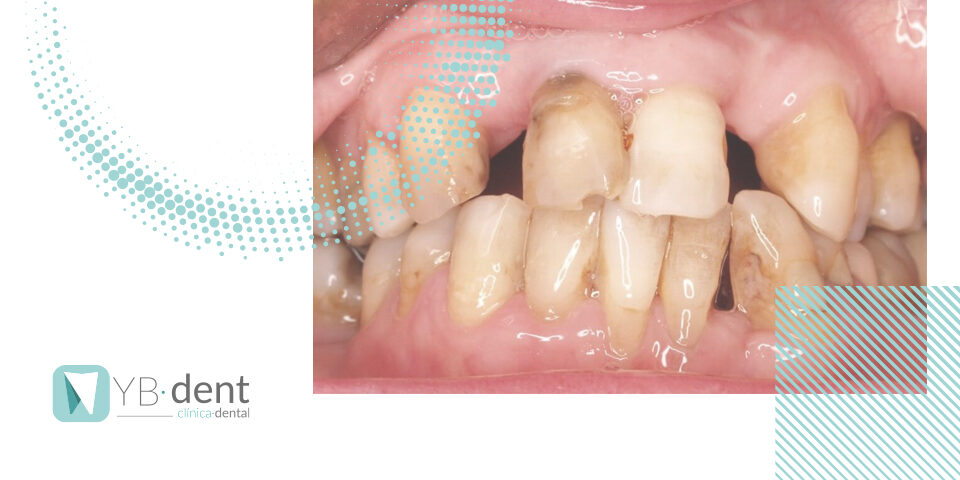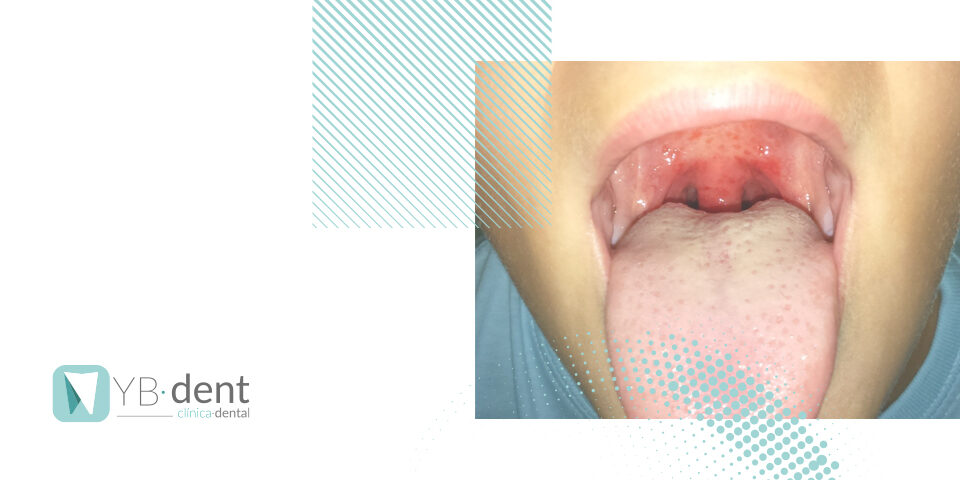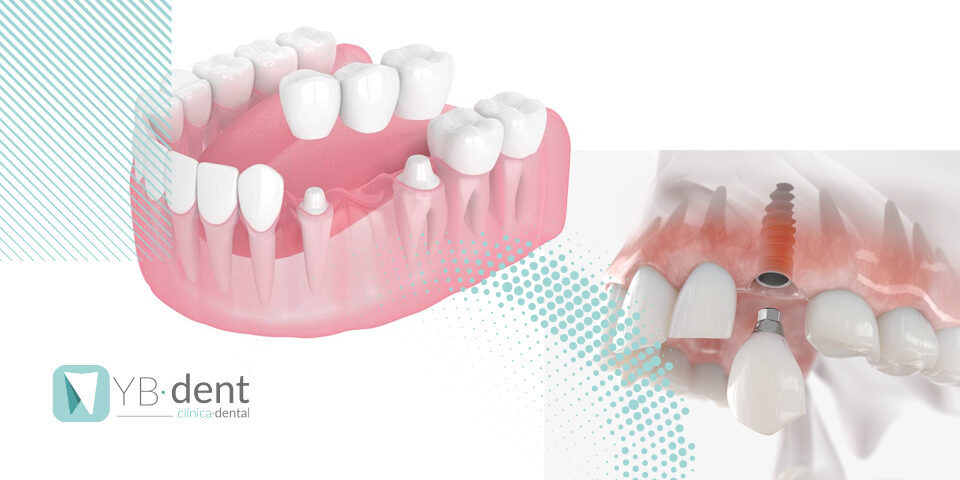El azúcar, un gran peligro para nuestros dientes

Por todos es conocido que el azúcar es malo para nuestros dientes, y que el comer muchos dulces nos puede provocar caries. Pero hay que tener en cuenta que no solo los dulces tienen azúcar sino que muchos alimentos que comemos contienen azúcar y que muchas veces no creemos que contengan tanto azúcar.
Según la Organización Mundial de la Salud (OMS) recomienda consumir menos de doce cucharitas de azúcar o doce como máximo al día. Esta recomendación no es simplemente por salud bucal, sino porque demasiada ingesta de azúcar puede provocar problemas graves de salud como la obesidad.
¿Por qué el azúcar produce caries?
Al consumir azúcares, se forman en nuestra boca ácidos que crean las condiciones perfectas para que se originen las caries, es decir, cuanto mayor sea la ingesta de azúcares mayores serán las probabilidades de aparecer caries.
Son muchos los estudios que demuestran una clara asociación del azúcar con la aparición de caries. En los estudios realizados aparece una correlación entre la frecuencia de consumo de azúcares con el desarrollo de las caries dentales.
La magnitud del problema en España es grave ya que afecta aproximadamente al 60%-90% de la población infantil, y el 90% de adultos han sufrido mínimo una caries. Estos son datos negativos y que demuestran que nuestro consumo de azúcar debería de reducirse.
Es importante también inculcar a nuestros hijos desde pequeños la necesidad de cuidarse los dientes, y no fomentar el consumo excesivo de dulces o alimentos azucarados.
¿Qué factores hacen que tenga caries?
Que padezcas caries no depende únicamente del consumo de azúcares, sino también de otros factores que pueden agravar o disminuir el problema, como son:
- La rutina que tengas de higiene bucodental.
- Según la hora en la que comas.
- El PH de la saliva.
- La calidad de tu esmalte.
Deberías minimizar el consumo de azúcares y sobre todo, no sobrepasarse de la cantidad recomendada por la OMS, que es de máximo 12 cucharaditas de azúcar. Hay que tener en cuenta también alimentos que llevan azúcar pero aparentemente no piensas que lleven tantos azúcares, por ejemplo los zumos, los yogures de sabores y el pan. Ten cuidado con todos los alimentos y mira su etiqueta nutricional antes de escoger. Especialmente es conveniente evitar estos alimentos:
- Pastelería.
- Bollería industrial.
- Refrescos azucarados como la coca cola.
- Golosinas y caramelos.
- Cereales muy azucarados.
¿Cómo prevenir las caries?
- Reducir el consumo de azúcar.
- Utiliza hilo dental y haz enjuagues bucales.
- No comer entre horas.
- Haz una dieta variada y saludable.
- Cepillarte los dientes 2-3 veces al día.
- Cepillar bien tus dientes, por lo menos durante dos minutos.
- Acude a tu dentista mínimo dos veces al año para una revisión.
Consecuencias en tus dientes por excederse con el consumo de azúcar
- Aumenta la producción de ácidos.
- Aparición de caries dentales.
- Encías inflamadas.
- Aumento de la placa bacteriana. Las bacterias de nuestra boca se alimentan de los azúcares, lo que hace que se reproduzcan y se acumulen entre nuestros dientes.
- Puede ocasionar la pérdida de dientes.
Recuerda, es muy importante mantener una buena higiene dental y una buena alimentación, no simplemente por la posibilidad de aparición de caries, sino por tener una buena salud dental y evitar la aparición de muchas infecciones y/o enfermedades.
Esperamos que este post te haya servido de ayuda, y que reduzcas el consumo de azúcares. Si tienes cualquier duda sobre la prevención o la eliminación de caries acude a nuestra clínica dental, nuestros especialistas te podrán aconsejar y ayudar sea cual sea tu caso.



